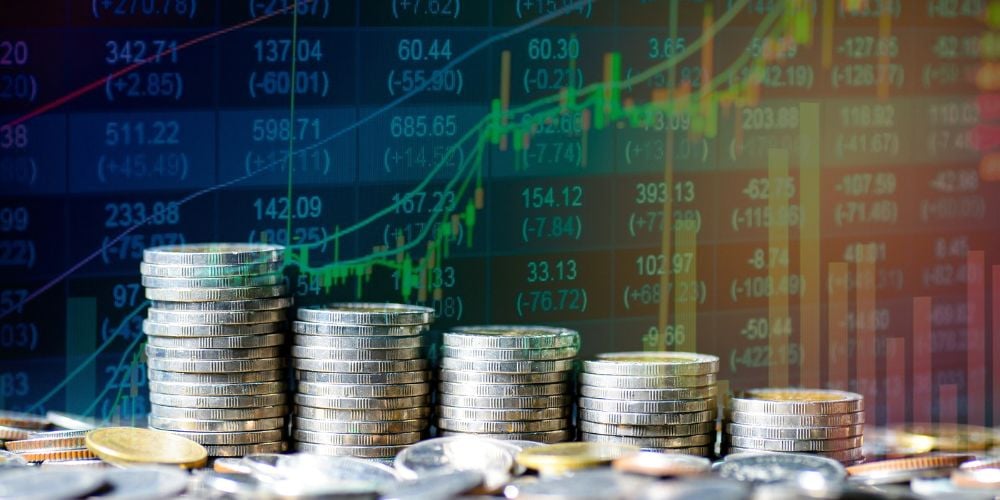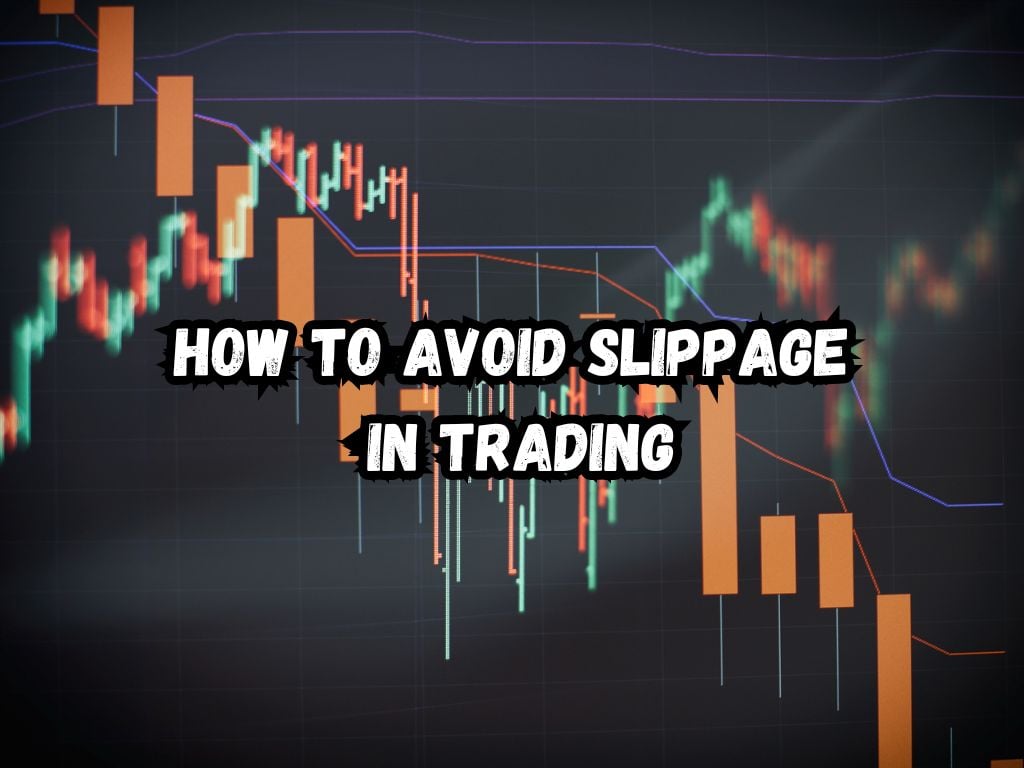When the rubber hits the road in trading, slippage is a term no investor wants to encounter.
It is a phenomenon that can erode profits, foster frustration among traders, and render some trading strategies unworkable. The challenge for every trader is not to eliminate slippage entirely, but to minimize its impact.
With an understanding of how to avoid slippage in trading, savvy players can take steps to protect their investing activities.
Understanding Slippage in Trading
In trading parlance, slippage refers to the difference between a trade’s expected price and the actual price at which the trade gets executed. It occurs unpredictably and is often a consequence of market volatility or low liquidity.
Slippage can transpire in two forms: positive and negative. Positive slippage is when an order executes at a better-than-expected price.
Negative slippage, more common and dreaded of the two, is when an order completes at a higher purchase price or lower sell price than intended.
The leading contributors to slippage are volatile markets, periods of lower liquidity, the speed at which a trade is executed, and the size of the order.

How To Avoid Slippage in Trading?
Successful trading is all about lessons learned and strategies adopted. Here, we discuss a few proven strategies that can help protect your trade against slippage.
Trade During Peak Liquidity Hours
Market liquidity holds a pivotal role in a trade’s execution. It is the measure of how quickly and efficiently orders can be filled without a significant impact on the price.
Trading during peak liquidity hours ensures there are ample buyers and sellers in the market, which generally leads to tighter spreads and fewer price gaps.
For currency traders, for example, these hours often coincide with overlap periods between major global market hours.
Utilize Limit Orders and Stop Loss
Solidifying a plan for every trade can be a game-changer. Part of this plan is knowing the kind of orders to place.
Limit orders allow a trader to set a defined price to execute a trade, ensuring the trade will only be completed at that price or better.
Another powerful tool is a Stop Loss order. It will automatically execute a trade when the price of a security reaches a specified level, preventing further losses.
Avoiding High Volatility Periods
Sharp price changes and quick shifts – that’s high volatility for you. Amid such trading conditions, chances of slippage running high are real.
An adept trader often recognizes these periods and adjusts their trading strategies accordingly, even if that means temporarily stepping away from trading.
Choosing the Right Broker
When it comes to avoiding slippage, selecting the right broker can make all the difference. A broker’s ability to swiftly and accurately execute trades can dramatically impact the degree of slippage.
Be thoughtful in your broker selection, considering factors such as trade execution speed, platform performance, and commission structure.
Additional Tips to Reduce Slippage
Beyond these strategies, there are additional practices that you can adopt to minimize your exposure to slippage.
Monitoring News and Market Events
Why does Apple’s stock price rise following a product launch? Or, why does a country’s currency fall post a political event? News and market events wield potent power over the volatility of a security.
By keeping a tab on these dynamics, you can make well-informed trading decisions and manage slip-ups.
Leveraging Technology
Technology has revolutionized the trading universe. Today’s traders have at their disposal, intelligent platforms that offer real-time market information, advanced order types, and automated trading systems – all designed to sway the odds of trading outcomes in their favor.

Frequently Asked Questions
What is the difference between slippage and spread?
Slippage and spread, both trading phenomena, operate differently. Slippage manifests in the disparity between the expected and actual execution price of an order. Spread, on the contrary, is the gap between a security’s bid and ask price.
How much slippage is normal in trading?
No universally fitting answer to this question exists. The amount of slippage can vary greatly depending on several factors such as the liquidity of the market, trade size, and the broker’s execution speed and efficiency.
Can slippage ever be positive for a trader?
Yes, slippage can be positive, occurring when orders execute at a better price than expected, leading to a more favorable entry or exit price and potentially greater profits.
Conclusion
While navigating the intricate landscape of trading, dealing with slippage can be a daunting task. However, seasoned traders know that, although unavoidable, slippage can be managed.
Implementing the strategies mentioned will put you on the right path to master the art of trading. As the saying goes, with more knowledge comes more power. It’s time to convert this education into meaningful action.


 Tags:
Tags:










